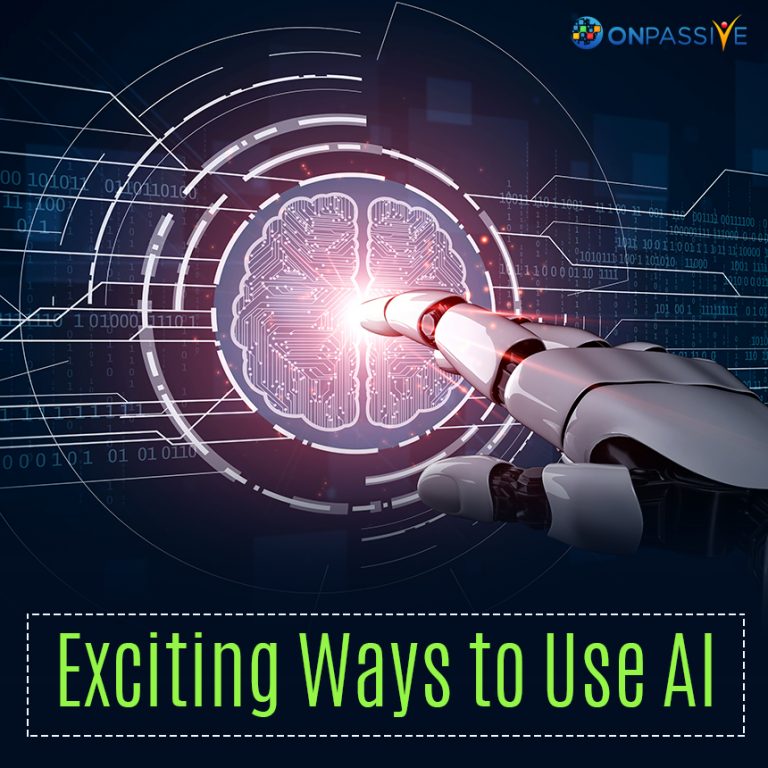
There’s a buzz of several vaccines to curb the pandemic, and everyone is hoping to bring everything into normal. As the lockdown starts to normalize and companies in a few countries are reopening, the issues that would arise now are how the new standard would look and how firms will deal with this changing market landscape? There is no lack of resources addressing diverse workplace conditions.
Everything from measuring the satisfaction of health, safety commitments, and client satisfaction tips, the only factor that remains unchanged is the use of machine learning and artificial intelligence in the broader variety of industries that are certainly growing wider than ever before.
With changes approaching this fast, the business requires the capacity to react accordingly. Nowadays, the question is whether this technology helps with the present pandemic? Can artificial intelligence further minimize the risks and reduce the time it takes for the world economy to rebound from this crash?
Let us see how AI will improve the post-Coronavirus climate:
#1 Disease Monitoring & Virtual Healthcare Assistants
With globalization, human activity, especially migration, has allowed the virus to spread practically everywhere in our everyday lives. Mainly it makes tracking difficult. Bluedot, a Canadian artificial intelligence start-up, has developed a technical system to monitor, identify, and curb the virus. The critical issue is the data sources used to feed this instrument, which may raise the risk of a possible violation of the civil liberties, constitutional laws, etc. of individuals.
The goal of virtual healthcare assistants and Chatbots powered by artificial intelligence is to enhance the interaction between healthcare providers and patients. Artificial intelligence brings more knowledge into the hands of end-users and helps healthcare organizations improve procedures and cut costs.
#2 Automation is going to Review Post COVID Effects
Many factories will start rebooting their activities and workforce once the world revives after COVID-19. Companies may face issues with their supply chains, such as lack of staff and jobs, and employees are uncertain about their work environment’s safety. It will hamper factory production. In this way, businesses will implement artificial intelligence technologies to simplify their processes and increase development.
It would also contribute to possible job cuts and less-skilled jobs. To use these new artificial intelligence-powered technologies, current workers would need to update their skills.
# 3 Minimizing Human-to-human contacts with Robots
The current global scenario forces robotics to build and boost AI to save lives and reduce human vulnerability to the COVID-19 epidemic. Artificial intelligence & machine learning could usher in a new era of human-robotic helpers.
A Chinese hotel makes use of Artificial intelligence and robotics to deliver meals to people in quarantine. Similarly, in Spain, a fleet of robots is planning to assist with coronavirus research. Delivery drones are now under production and enhancement by businesses such as Amazon and UPS to reduce human labor requirements. AI involvement grows not just in replacing humans but also in helping them in their everyday jobs, and many office workers can be working from home.
#4 Enhancements of AI Surveillance Systems
Governments use AI to develop their surveillance systems. For example, the surveillance camera video, mobile location data, and travel data are collected for governments’ contact tracing. Face recognition systems operated by artificial intelligence are used in place of touch-based sensors. In virtual reality glasses, AI is also used to track fevers using thermal imaging. Many of these measures have greatly strengthened existing monitoring programs.
These applications of artificial intelligence surveillance methods are likely to be implemented even after the pandemic. By using artificial intelligence, security systems will be enhanced. Hospitals, colleges, hospitals, and essential administrative structures can all use AI-driven surveillance systems.
#5 AI to Assist Scientific Research
Various research and development units are currently being carried out with the aid of AI algorithms and technologies to tackle COVID-19. Since Artificial Intelligence is proving to be successful in improving recovery, drug production, and diagnosis, these techniques will undoubtedly be used in the years ahead. Along with other technologies like Blockchain, artificial intelligence algorithms are used to consolidate the medical data together.
Post COVID-19, these Artificial Intelligence applicationscan quickly facilitate information exchange between different government departments and other industries across the world.
The world after Coronavirus will be much more AI-driven, as the technology has provided excellent research, analysis, disease detection, and treatment results. For a better future of a company, employees need to equip themselves with artificial intelligence skills.
If you wish to gain more about automation, machine learning, and Artificial Intelligence uses to your business or everyday life, check out our page and learn more about ONPASSIVE, which is tailored for the world that is ready to implement the AI technology.



Patricio Rivers
4 years ago
Donald McConnaughy
4 years ago
Steve Dundore
4 years ago